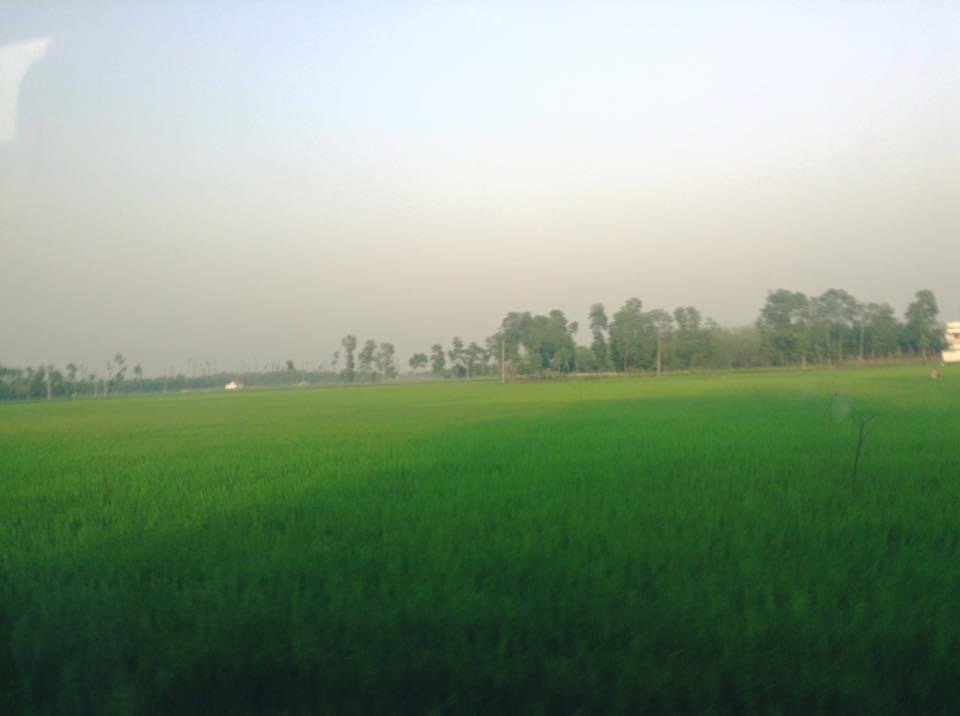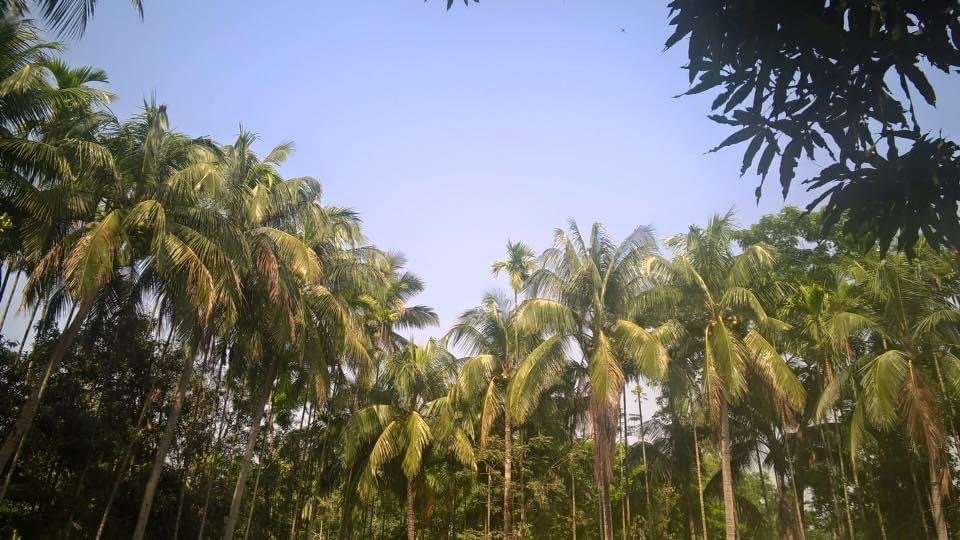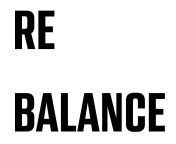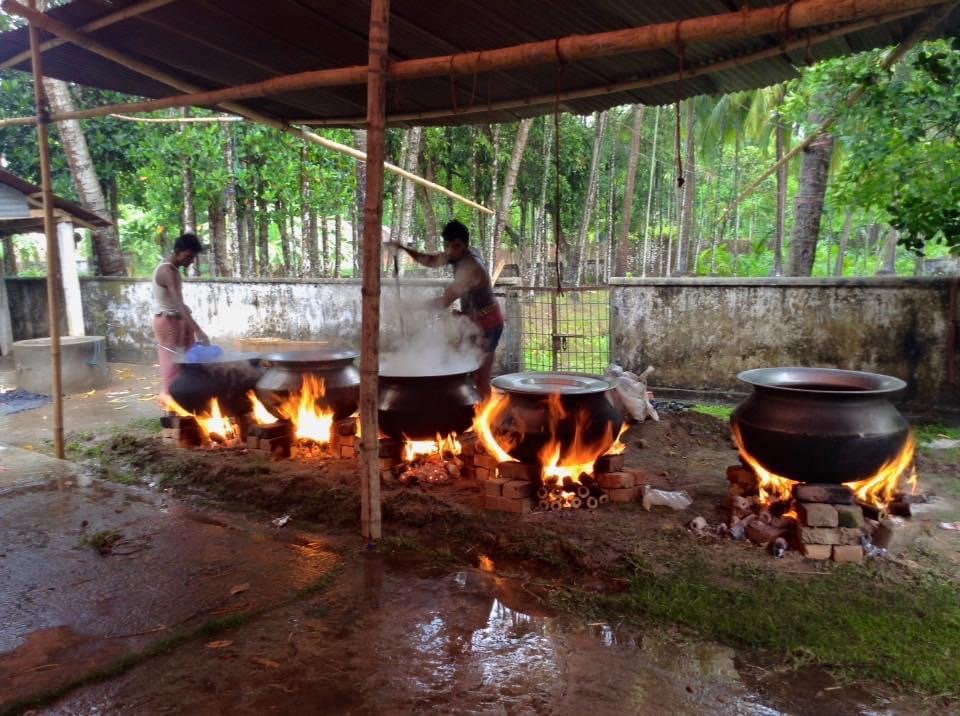A Saree’s Tale
Inspired by the Jamdani home, this is our first story in the series by Susan Bowes.
In the late 1970s, I was lucky enough to visit Bangladesh. I was in my early twenties and had landed a great job as a press officer for Oxfam, one of the best known and respected non-governmental organisations (NGOs) in the UK’s overseas aid sector. I learnt a lot in the three years that I worked there - chiefly that poverty, at home and abroad, is a political and economic issue, caused by the decisions made by powerful people. It has little or nothing to do with people being “unlucky” or making the “wrong choices” in their lives.
In those days when you worked for Oxfam you were able to travel to one of the countries it worked in to visit the many projects it supported with the money donated by the public. If you went on such a trip you had to commit to working for the organisation for at least another two years and to use the experience in a productive way. In my case, that meant getting as much publicity as possible for the projects I visited.
I had travelled before, but never outside of Europe. So arriving in Dhaka, the capital city of Bangladesh, was almost overwhelming - the sights, the sounds, the smells - the heat! This was not so long after the bloody conflict between East and West Pakistan, which heralded the birth of Bangladesh as an independent nation. There was a strong military presence in the city, although foreign aid officials enjoyed a high status and lived in an affluent suburb. This is where I began my stay, as the guest of the Oxfam Field Officer for Bangladesh, David. Nowadays Oxfam appoints local staff whenever possible, but back in the seventies, there was still a strong whiff of colonialism about the aid sector in general and senior staff were usually ex-pats. David was a genial host, however, and taught me a lot before I was dispatched to the countryside to visit various projects supported by Oxfam. I was usually accompanied by another staff member, a charming woman who acted as a buyer of goods to be sold in Oxfam shops in the UK. All the projects she bought from received aid from Oxfam. The products were wonderful - handmade textiles made into various garments, jute bags, and pottery, to name just a few.





Early on, it was pointed out to me that it would be culturally insensitive to turn up to projects wearing Western garb, even though I was careful to cover my legs and arms with long skirts or trousers and long-sleeved tops. So, I bought a saree. I can no longer remember the exact shop where I made the purchase, but I still have the saree. It was a simple blue one with a trim of many colours. The shopkeeper showed me how to wear it, wrapping it around my body (in the right way) and bunching it at the waist to anchor it properly. I had a short blouse to wear with it, but I no longer have that.
I duly wore the saree on a lot of visits - I even wore it riding a bicycle on a couple of occasions! This was long before cultural misappropriation was a thing, and I have to say the Bangladeshi women I met were all charmed by my efforts. Through interpreters, however, they would question me closely about my short hair and why I wasn’t married with children at my ripe old age. They loved touching my pale skin and looking at my ringless fingers. One of my visits took me to a project in the Sylhet region of Bangladesh. Many years later, I discovered that was where my saree originated.
This brings us to the second part of my story….
Fast forward to 2023. Some 45 years later, I am living in Brighton and retired. In between there has been a rich and varied life, including a son, two stepsons and six grandchildren. There have been various jobs, too - local newspapers, press officer for the local council, teaching journalism - and a lifetime of trade union and political activism.
Some new neighbours have moved into our street - Poppy and Jaan. Poppy is originally from Bangladesh- the Sylhet region, in fact. They cause a delighted stir when they have the outside of their house painted in a beautiful pattern, which Poppy writes about on the street WhatsApp. The pattern is inspired by sarees from Bangladesh, she tells us. I remember my saree, which had been put away in a drawer for all of those years. Never worn again, but too nice to throw away or even donate to a charity shop. I replied to Poppy and told her about my saree. She’s very interested to see it and we agree to have a chat and a cup of tea. Life goes on, we’re both busy and don’t get around to meeting up.
But then there’s a street party organised for our street, and Poppy volunteers to have a saree workshop as one of the activities for the day. Everyone loves it as she helps them drape colourful sarees from her collection and takes their photo. I take my saree along to show her. Poppy examines the saree, and declares that you wouldn’t be able to get anything like this now - it’s hand woven and dyed a natural indigo, whereas almost everything now is mass-produced. Poppy also explained it was most likely made by a local woman from Sylhet. It is not a grand saree but an everyday garment to be worn by women similar to the one who weaved it. She shared that often a whole family used to be involved in marking the dye, dying the yarn, drying and then weaving.
Poppy showed me how they would have worn it, complete with a knot at the end of the saree, which goes over your shoulder, where the woman would have tied her house keys for safekeeping. The whole experience makes me feel strangely emotional and brings memories flooding back of my trip to Bangladesh all those years ago - a lifetime ago.
Poppy tells me she is flying to New York the next day, to address the United Nations about mental health, her field of expertise. She asks to take the saree with her, and I eagerly agree. A few days later she sends me pictures of her wearing it at the UN!
What a long way that saree has come …





